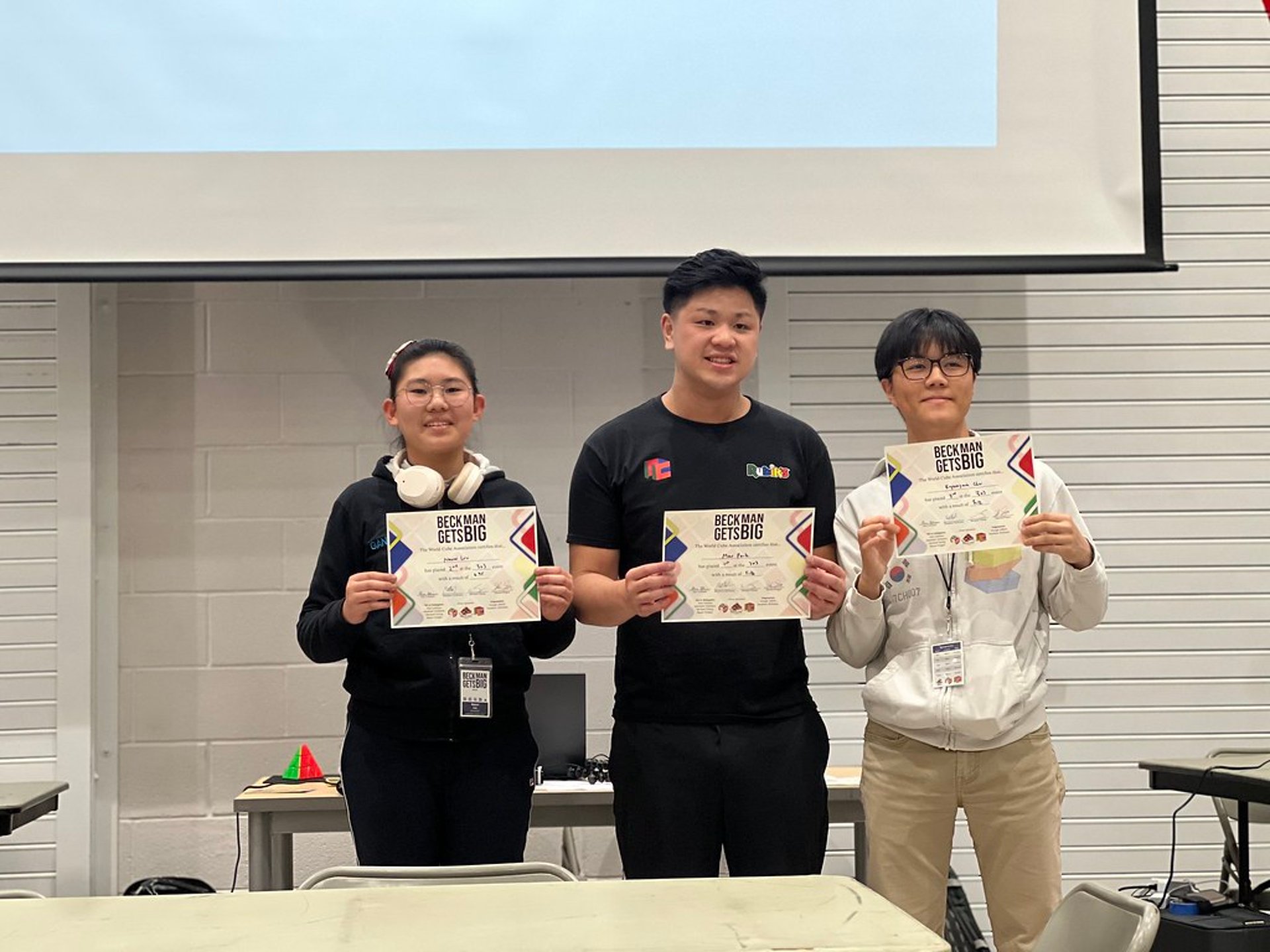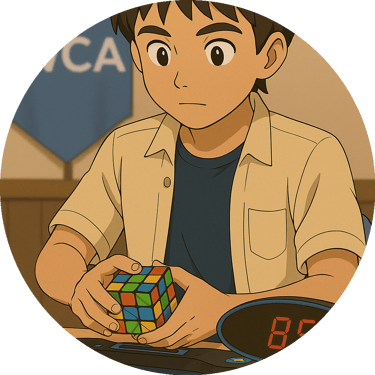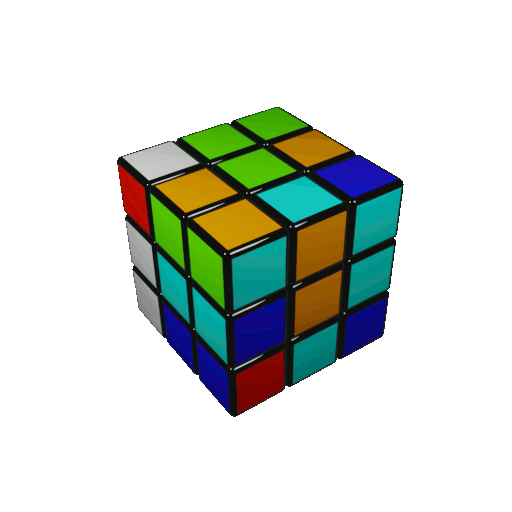
3 Common Cubing Mistakes holding you back!
3 Common Cubing Mistakes Holding You Back (And How to Fix Them)
Speedcubing is all about efficiency. The difference between a beginner and a pro often comes down to small improvements in technique. If you're struggling to get faster, you might be making some fundamental mistakes that slow you down. Here, we’ll break down three of the most common cubing errors—too much rotation, lack of lookahead, and too much pausing—and give you practical tips to fix them.
1. Too Much Rotation (Excessive Cube Rotations)
The Problem
When solving the Rubik’s Cube, unnecessary cube rotations (also called regrips) waste time and disrupt the flow of your solve. Many cubers rotate the cube excessively between steps, which slows them down significantly. This is especially common when transitioning between F2L, OLL, and PLL.
How to Fix It
Minimize Rotations: Before rotating the cube, ask yourself if it's necessary. Many algorithms work just as well from different angles.
Use Finger Tricks Efficiently: Mastering finger tricks helps reduce full wrist rotations and makes your movements smoother.
Improve Algorithm Recognition: With practice, you’ll start recognizing patterns without needing extra rotations to check the cube’s orientation.
Film Your Solves: Recording yourself can help you spot unnecessary rotations that you might not even realize you're doing.
2. No Lookahead (Solving One Step at a Time)
The Problem
Many beginners focus too much on solving one piece at a time rather than planning ahead. This results in pauses between steps because they aren’t prepared for the next move. Without lookahead, solving the cube becomes a stop-and-go process instead of a fluid motion.
How to Fix It
Slow Down to Speed Up: Start solving at a slower pace while actively looking for the next piece you need to move.
Keep Your Eyes Moving: Don’t stare at just one part of the cube—constantly scan for your next move.
Practice with Inspection Time: Before starting a solve, use the 15-second inspection time to plan your first moves.
Train with Slow Solves: Deliberate slow solving forces you to anticipate moves rather than react to them.
3. Too Much Pausing (Stopping Between Moves)
The Problem
Pausing too often disrupts the flow of your solve and adds extra seconds to your time. This is usually caused by inefficient lookahead, poor algorithm knowledge, or hesitation in execution.
How to Fix It
Drill Your Algorithms: The faster you execute algorithms without thinking, the less you’ll pause.
Smooth Transitions: Focus on connecting your F2L, OLL, and PLL stages without stopping.
Use Partial Lookahead: If full lookahead is too difficult, try planning just a couple of moves ahead to reduce pauses.
Analyze Your Solves: Time each step separately to identify where you’re hesitating the most and work on that specific area.
Conclusion
If you want to improve your cubing times, fixing these three mistakes—excessive cube rotations, lack of lookahead, and unnecessary pauses—can make a huge difference. Focus on efficiency, practice lookahead, and work on reducing wasted motion. Over time, these small adjustments will help you achieve faster, more consistent solves. Keep practicing, and happy cubing!

